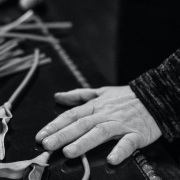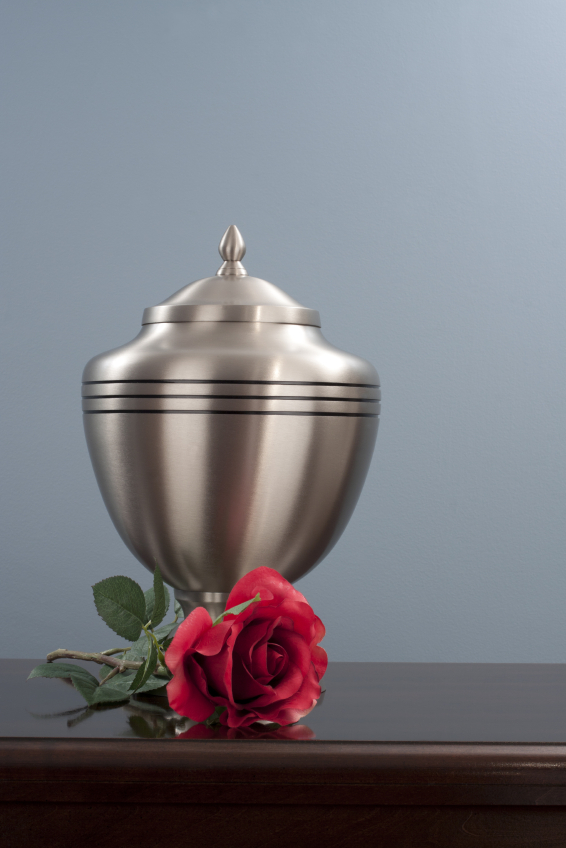Reality Check: 10 Cremation Myths That We Need to Debunk
 Cremation is now a popular final disposition choice for our loved ones. However, a lot of people with an old school frame of mind believe in many creation myths that have been around for a long time. It is not surprising that these myths abound because burial has been the leading practice in the last couple of decades. Of course, it is human nature to be afraid of what we know nothing about.
Cremation is now a popular final disposition choice for our loved ones. However, a lot of people with an old school frame of mind believe in many creation myths that have been around for a long time. It is not surprising that these myths abound because burial has been the leading practice in the last couple of decades. Of course, it is human nature to be afraid of what we know nothing about.
Thankfully, the popularity of cremation has slowly debunked and dispelled these unfounded cremation myths. Take a look at the top ten popular cremation myths listed below, and see for yourself the hardcore truths that lie behind these fallacies. As the saying goes, the truth shall set you free. Knowing the accurate facts regarding cremation services will help you make the most optimal choice for your dearly departed’s final disposition.
Myth 1: Cremations are a new and modern offering.
Contrary to popular belief, cremation is an old practice. It stems back to the Roman Civilization dating the first century A.D. In North America, the dates of the first two recorded crematories will surprise you. The first documented account of cremation in this region was before the 1800s. The other one happened in 1876 when Dr. Julius Lemoyne established the first crematory site in Washington, Pennsylvania. The service of cremation just lost its popularity over time, but based on historical facts, cremation is ancient.
Myth 2: This process involves a big fire.
Many shy away from cremation because of the concept that a huge fire will be used to send off our loved ones. However, modern cremation practices do not involve fire. The process is clean and quick as it involves a high-tech cremation furnace that exudes heat reaching 2,000 degrees high. The high heat, along with other processes, converts the body into what is known as “ashes”.
Myth 3: You will receive ashes.
What people think is “ashes” inside a cremation urn is actually not ash. They have a texture of coarse sand and some pieces of bony fragments that are impossible to turn into a powdery substance. Though the disposition remains pass through an electric processor to make them fine, technically speaking, the remains differ from real ash. But for all intents and purposes of cremation, it is customary to refer to them as ash or ashes.
Myth 4: The wrong remains may be given back to you.
It is virtually impossible to get the wrong body because crematories have strict guidelines and permits that you must comply with to avail of their services. No DNA is retained after cremation, so there are stringent policies in place to avoid mistakes. The body is tagged with a piece of metal in front of the family, who will be tasked to identify the body before it goes inside the cremation furnace. The metal tag will stay inside the furnace, and it will be transferred into the urn along with the ashes of the deceased.
Myth 5: There are no traditional funeral or memorial services with cremation.
You don’t do away with a traditional style of funeral or memorial service just because you choose to cremate your loved one. You can choose a public viewing before the body goes into the cremation furnace. You can also opt for a memorial service with just the urn after the body has been cremated. Akin to regular funerals, you can also do a religious ceremony, sing songs, recite poems, say eulogies, and the like with a cremation disposition.
Myth 6: It is illegal to scatter ashes.
Most people who have long-term illness typically plan what will happen to their cremation remains. Many wish to have their remains scattered in the ocean, a garden, or their favorite vacation place. A few have state laws and city ordinances regarding this matter, so you have to check. It is not illegal, but asking for permission is the most respectful way. Since cremations are not harmful to the environment, the request is often granted.
Myth 7: People and animals are cremated in different ways
This is completely false. Animals and people are created in the same manner using the same techniques, practices, and technologies. Some crematoriums even accept both humans and animals.
Myth 8: This act is unacceptable in all religions
This is a sweeping generalization that is not true for all faiths. For instance, the Roman Catholic church has stated that though burial is preferred, cremation is now acceptable. If you’re unsure about the process, ask your local clergy to be certain.
Myth 9: Cremation is expensive
The average cost of cremation is so much cheaper than a traditional burial. A burial service needs you to buy a cemetery plot, pay for embalming, choose a casket, pick a vault or a grave liner, pick a burial marker, and pay for the burial services. To illustrate: a typical burial costs $6,500, plus $2,000 for the casket, and a thousand dollars for the vault. In contrast, cremation costs only a third of that price making it the more pocket-friendly choice.
Myth 10: This process is harmful to the environment.
Since most think that there is a big fire, they also assume that there is a lot of smoke. Although the cremation chamber or furnace does emit some gases, these are all in compliance with the parameters set by environmental protection services. There are filtering mechanisms that are required for all crematories, and this is monitored regularly to ensure that they mitigate the release of harmful gases.
Bottom Line
It is vital to make a sound choice based on fact. When deciding how to let your departed loved one go, don’t let these cremation myths and misunderstandings cloud your good judgement. If you do your research, you’ll be more at peace with your final decision.









